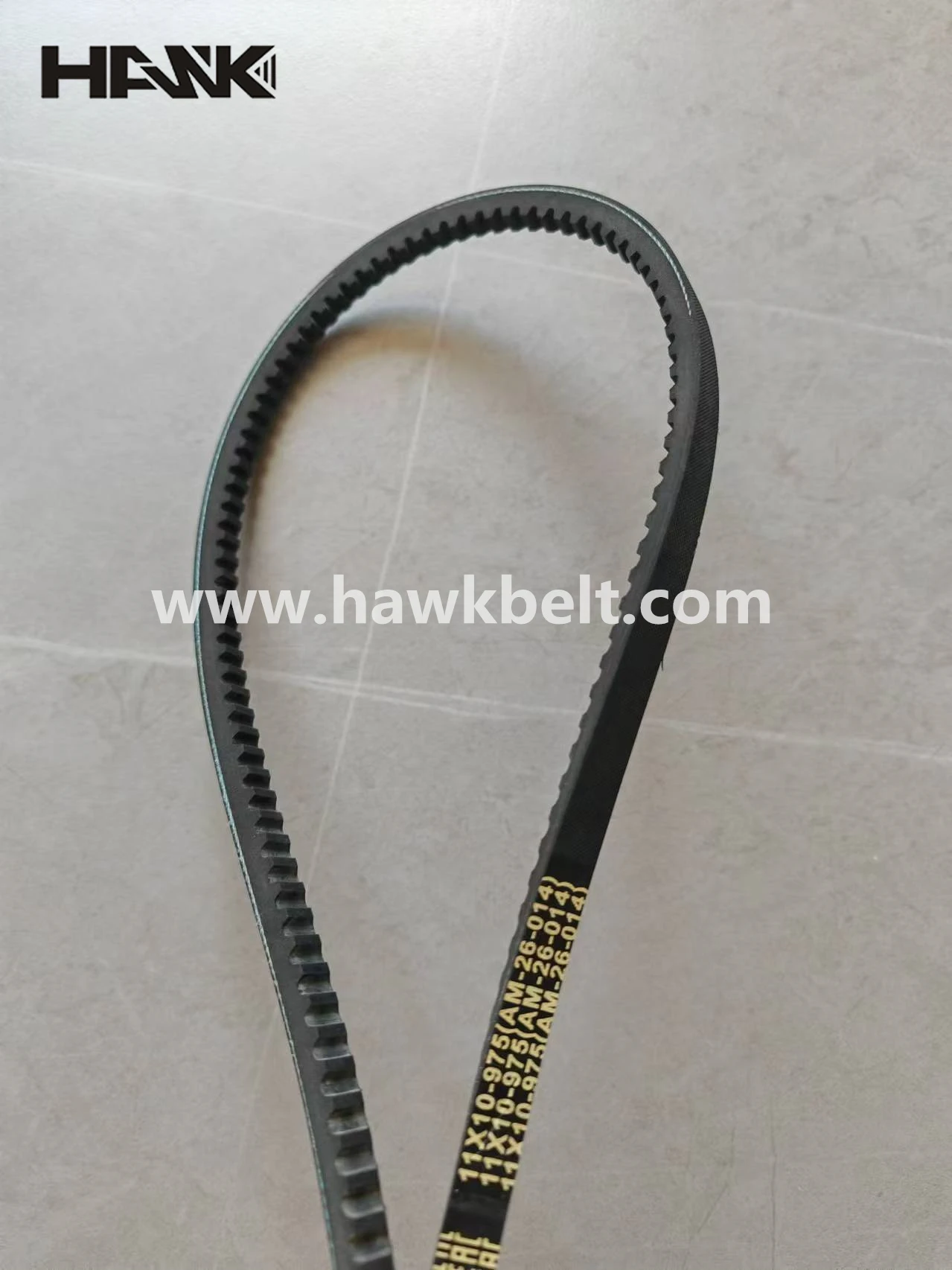- Arabic
- French
- Russian
- Spanish
- Portuguese
- Turkish
- Armenian
- English
- Albanian
- Amharic
- Azerbaijani
- Basque
- Belarusian
- Bengali
- Bosnian
- Bulgarian
- Catalan
- Cebuano
- Corsican
- Croatian
- Czech
- Danish
- Dutch
- Afrikaans
- Esperanto
- Estonian
- Finnish
- Frisian
- Galician
- Georgian
- German
- Greek
- Gujarati
- Haitian Creole
- hausa
- hawaiian
- Hebrew
- Hindi
- Miao
- Hungarian
- Icelandic
- igbo
- Indonesian
- irish
- Italian
- Japanese
- Javanese
- Kannada
- kazakh
- Khmer
- Rwandese
- Korean
- Kurdish
- Kyrgyz
- Lao
- Latin
- Latvian
- Lithuanian
- Luxembourgish
- Macedonian
- Malgashi
- Malay
- Malayalam
- Maltese
- Maori
- Marathi
- Mongolian
- Myanmar
- Nepali
- Norwegian
- Norwegian
- Occitan
- Pashto
- Persian
- Polish
- Punjabi
- Romanian
- Samoan
- Scottish Gaelic
- Serbian
- Sesotho
- Shona
- Sindhi
- Sinhala
- Slovak
- Slovenian
- Somali
- Sundanese
- Swahili
- Swedish
- Tagalog
- Tajik
- Tamil
- Tatar
- Telugu
- Thai
- Turkmen
- Ukrainian
- Urdu
- Uighur
- Uzbek
- Vietnamese
- Welsh
- Bantu
- Yiddish
- Yoruba
- Zulu
Nov . 17, 2024 20:07 Back to list
Understanding Drive Belts and Timing Belts in Engine Performance and Maintenance
Understanding Drive Belts and Timing Belts Key Components in Engine Performance
When it comes to automotive engineering, efficiency and performance hinge significantly on the intricate systems that power vehicles. Among these, drive belts and timing belts play crucial roles in ensuring that engines operate smoothly and effectively. Although they may appear similar, these two types of belts serve distinct purposes and are essential for the optimal functioning of an automobile.
Drive Belts The Power Transmitters
Drive belts, commonly referred to as serpentine belts, are used to transfer power from the engine's crankshaft to various components such as the alternator, water pump, power steering pump, and air conditioning compressor. Typically made from reinforced rubber, these belts are designed for durability and flexibility, allowing them to bend and twist through complex routes without losing grip.
One of the key advantages of drive belts is their ability to drive multiple accessories with a single belt, increasing efficiency and reducing weight. However, over time, they can wear out due to friction, heat, and exposure to engine fluids. Signs of wear include cracking, fraying, or excessive squealing sounds, which indicate that it may be time for a replacement. Regular maintenance checks are essential to ensure that drive belts remain in good condition, as a failure can lead to loss of power to critical systems and may ultimately result in engine damage.
drive belt and timing belt

Timing Belts The Synchronization Specialists
In contrast, timing belts are responsible for synchronizing the rotation of the crankshaft and camshaft, ensuring that the engine’s valves open and close at the proper times during each cylinder's intake and exhaust strokes. A failure of the timing belt can result in catastrophic engine damage, particularly in interference engines where the pistons and valves occupy the same space.
Timing belts are generally made from a durable rubber compound and feature teeth designed to prevent slippage, ensuring precise movement. Most manufacturers recommend replacing timing belts every 60,000 to 100,000 miles, although this can vary by vehicle. Signs of wear may include visible cracking or missing teeth, and any unusual noises coming from the timing belt area should be addressed immediately.
Conclusion
Both drive belts and timing belts are integral to a vehicle's operation, contributing to the overall performance and reliability of the engine. Regular maintenance and timely replacements are crucial for both types of belts to prevent breakdowns and extensive repairs. Understanding their functions not only empowers vehicle owners to maintain their cars effectively but also underscores the intricate engineering that drives modern automobiles. Keeping an eye on these components can lead to years of smooth and enjoyable driving experiences.
-
Korean Auto Parts Timing Belt 24312-37500 For Hyundai/Kia
NewsMar.07,2025
-
7PK2300 90916-T2024 RIBBED BELT POLY V BELT PK BELT
NewsMar.07,2025
-
Chinese Auto Belt Factory 310-2M-22 For BMW/Mercedes-Benz
NewsMar.07,2025
-
Chinese Auto Belt Factory 310-2M-22 For BMW/Mercedes-Benz
NewsMar.07,2025
-
90916-02660 PK Belt 6PK1680 For Toyota
NewsMar.07,2025
-
drive belt serpentine belt
NewsMar.07,2025

